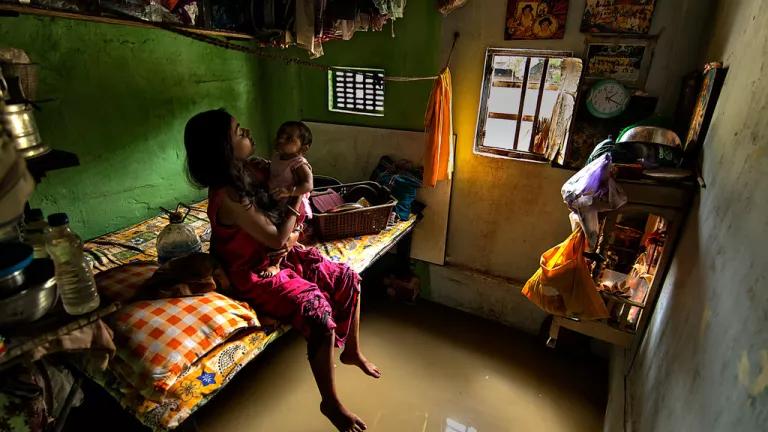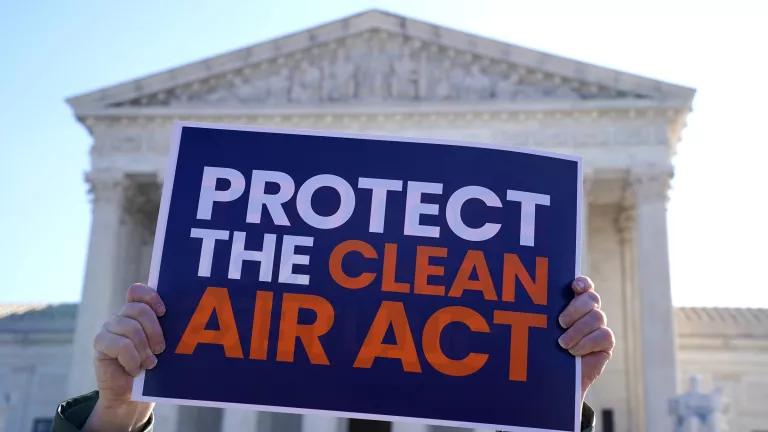Summers of Our Discontent

A new study confirms the growing scientific consensus: Extreme heat isn’t just an inconvenience—it can be deadly.
It’s early November, and in many parts of the country—after an unusually protracted summer that seemed to last all the way up to the World Series—it’s finally starting to feel like fall. The air is cool and crisp. Hot, steamy days would seem to be behind us, at least until sometime closer to the middle of 2018.
But we shouldn’t let the change in the weather distract us from the sobering reality: The planet is getting warmer. This increase in warmth can manifest itself in different ways in different places, but one way its effects are being felt is through an increase in heat wave events. And with these extreme heat events comes a corresponding rise in negative health impacts—some of them deadly.
This week, The Lancet, one of the world’s oldest and most esteemed medical journals, published a report detailing many of these effects and exploring our options for curtailing them. Among the report’s startling findings:
- Between 2000 and 2016, the number of vulnerable people exposed to heat wave events around the globe rose by 125 million.
- In one particularly hot year alone, 2015, a record 175 million additional people were exposed to heat waves.
- Extreme heat, in addition to being a direct cause of heat stress and heatstroke, has been shown to exacerbate preexisting cases of heart failure and to increase the incidence of kidney disease.
These findings are in sync with those outlined in a new analysis published by NRDC. The analysis features an interactive map of counties across the United States that reveals just where these heat events—and the health miseries they inflict—are being felt most acutely. As the map and underlying data make clear, we’ve seen a much higher number of extremely hot summer days over the past decade than one would expect to see on the basis of temperatures in decades past. And with them have come a host of worrisome new health statistics.
The analysis, which covers the 10-year period from 2007 to 2016, provides plenty of fodder for those who have ever been asked for concrete examples of what climate change “looks like” in our everyday lives. Nearly two-thirds of Americans—210 million people—must now deal with an increase in extreme heat days, which for the purposes of this study can be thought of as the very hottest summer days relative to temperatures in the same months (June, July, and August) between 1961 and 1990. And unless we take steps right now to reduce our planet-warming emissions, we can expect to see more in the decades to come.
Severe heat of this sort is already the primary cause of weather-related fatalities in the United States. From 1975 to 2004, an estimated 1,300 additional deaths occurred each year across 40 major U.S. cities during periods of extreme summer heat. In addition, heat sends more than 65,000 people to America’s emergency rooms each summer with a variety of problems, including respiratory and cardiovascular issues that have been worsened by the high temperatures. Certain groups—children, the elderly, low-income people, some communities of color, and people who work outdoors—are among the most vulnerable to heat-related health effects, given that these groups already experience higher incidences of many of the underlying diseases and conditions that are exacerbated by extreme heat.
City dwellers are vulnerable, too. Thanks to a phenomenon known as the urban heat island effect, the paved surfaces and denuded landscapes of our cities translate into higher temperatures there than in surrounding areas with less concrete and more green space. Astoundingly, according to NRDC’s research, large urban areas may be in store for a sixfold increase in the number of dangerously hot summer days by the end of this century, compared with what they experienced (on average) between 1975 and 2010. By the 2090s, our 45 biggest cities could collectively see an additional 28,000 deaths per year as a result of extreme summer heat.
Another way that The Lancet report mirrors NRDC’s analysis: Both studies emphasize the role that climate resilience, coupled with changes in the ways we generate and consume energy, will play in keeping the planet and its people healthier in both the short term and the long term. Climate adaptation plans are on the rise in cities, states, regions, and entire nations. Coal is in decline; renewable energy is in ascent. These and other factors offer hope that leaders at multiple levels are taking the problem of climate change seriously enough to make efforts to mitigate its effects and stall its deadly progress.
As autumn hits its stride and the days get shorter and colder, we can’t allow ourselves to forget that our hottest days aren’t just behind us. They’re also ahead of us. It’s in our power to make them less severe—and, if we band together and act thoughtfully as one, to make them fewer in number.



